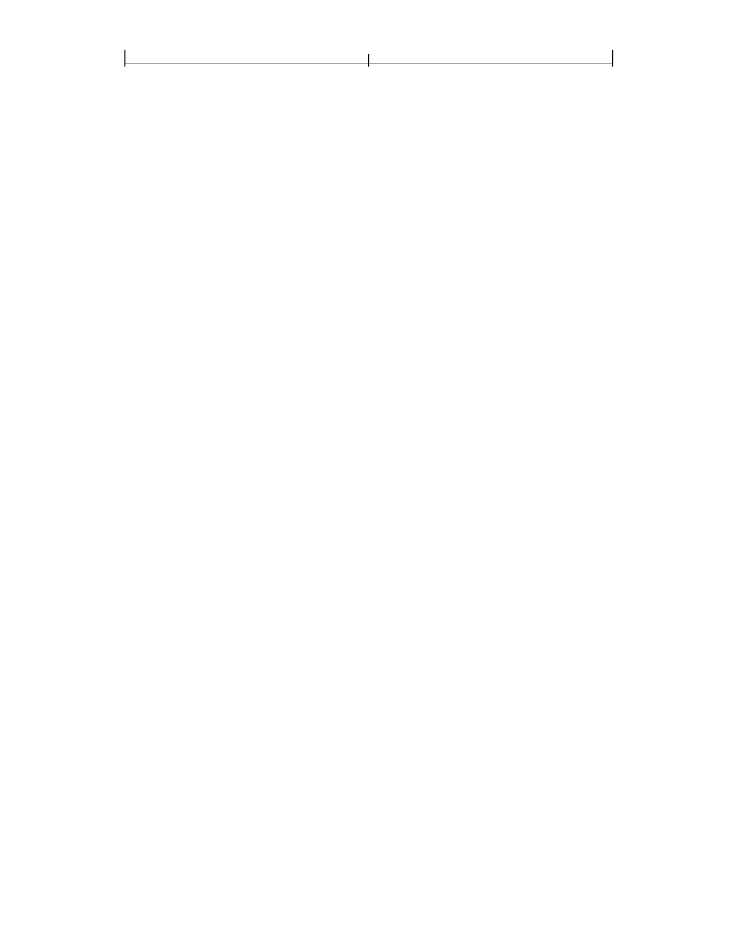
SECTION 4.8
335
Images
PDF provides two means for specifying images:
•
An
image XObject
(described in Section 4.8.4, “Image Dictionaries”) is a
stream object whose dictionary specifies attributes of the image and whose
data contains the image samples. Like all external objects, it is painted on the
page by invoking the
Do
operator in a content stream (see Section 4.7, “Exter-
ages (see “Alternate Images” on page 347), image masks (Section 4.8.5,
•
An
inline image
is a small image that is completely defined—both attributes
and data—directly inline within a content stream. The kinds of images that can
be represented in this way are limited; see Section 4.8.6, “Inline Images,” for
details.
4.8.1 Image Parameters
The properties of an image—resolution, orientation, scanning order, and so
forth—are entirely independent of the characteristics of the raster output device
on which the image is to be rendered. A PDF consumer application usually ren-
ders images by a sampling technique that attempts to approximate the color val-
ues of the source as accurately as possible. The actual accuracy achieved depends
on the resolution and other properties of the output device.
To paint an image, four interrelated items must be specified:
•
The format of the image: number of columns (width), number of rows (height),
number of color components per sample, and number of bits per color compo-
nent
•
The sample data constituting the image’s visual content
•
The correspondence between coordinates in user space and those in the image’s
own internal coordinate space, defining the region of user space that will re-
ceive the image
•
The mapping from color component values in the image data to component
values in the image’s color space
All of these items are specified explicitly or implicitly by an image XObject or an
inline image.